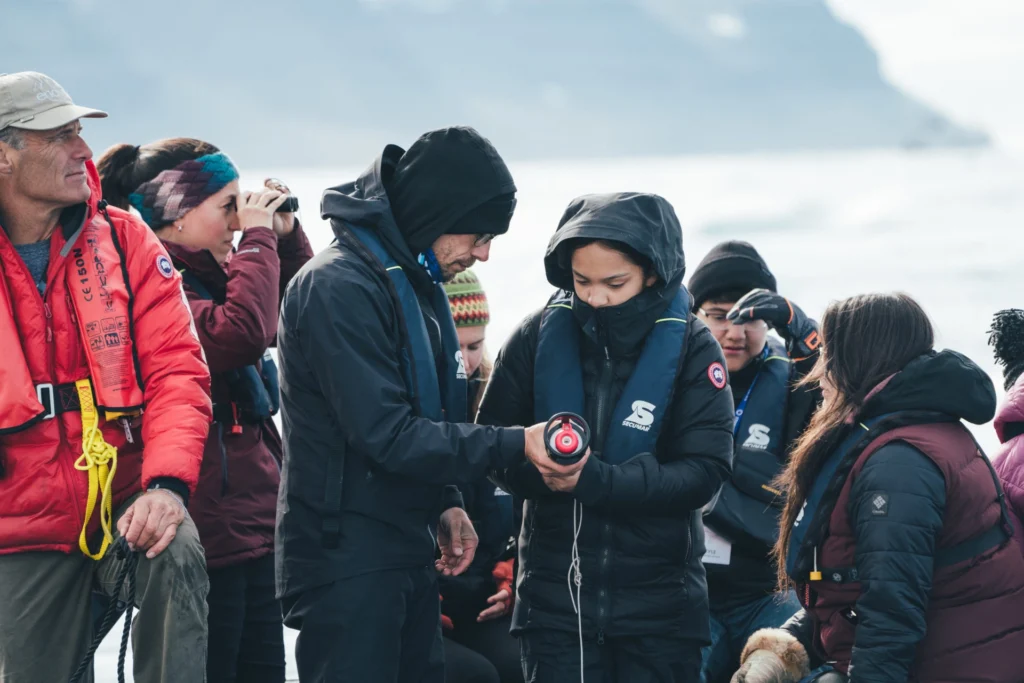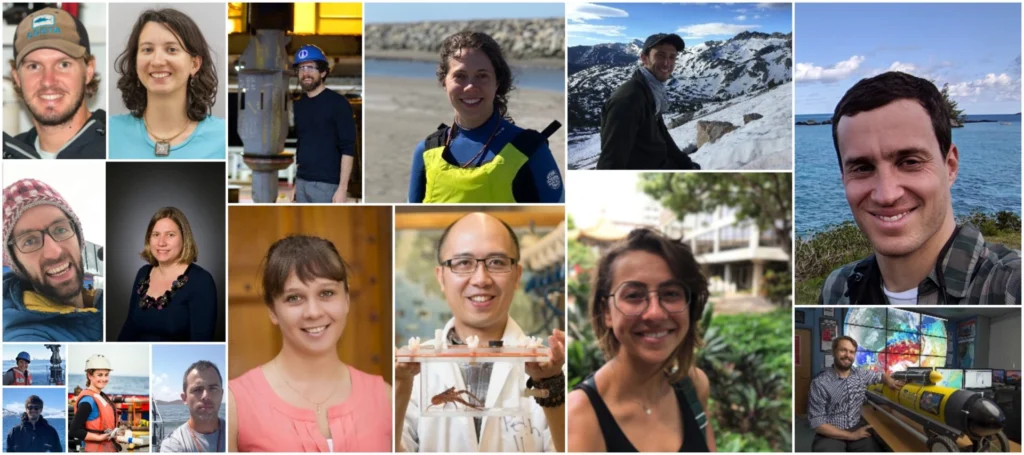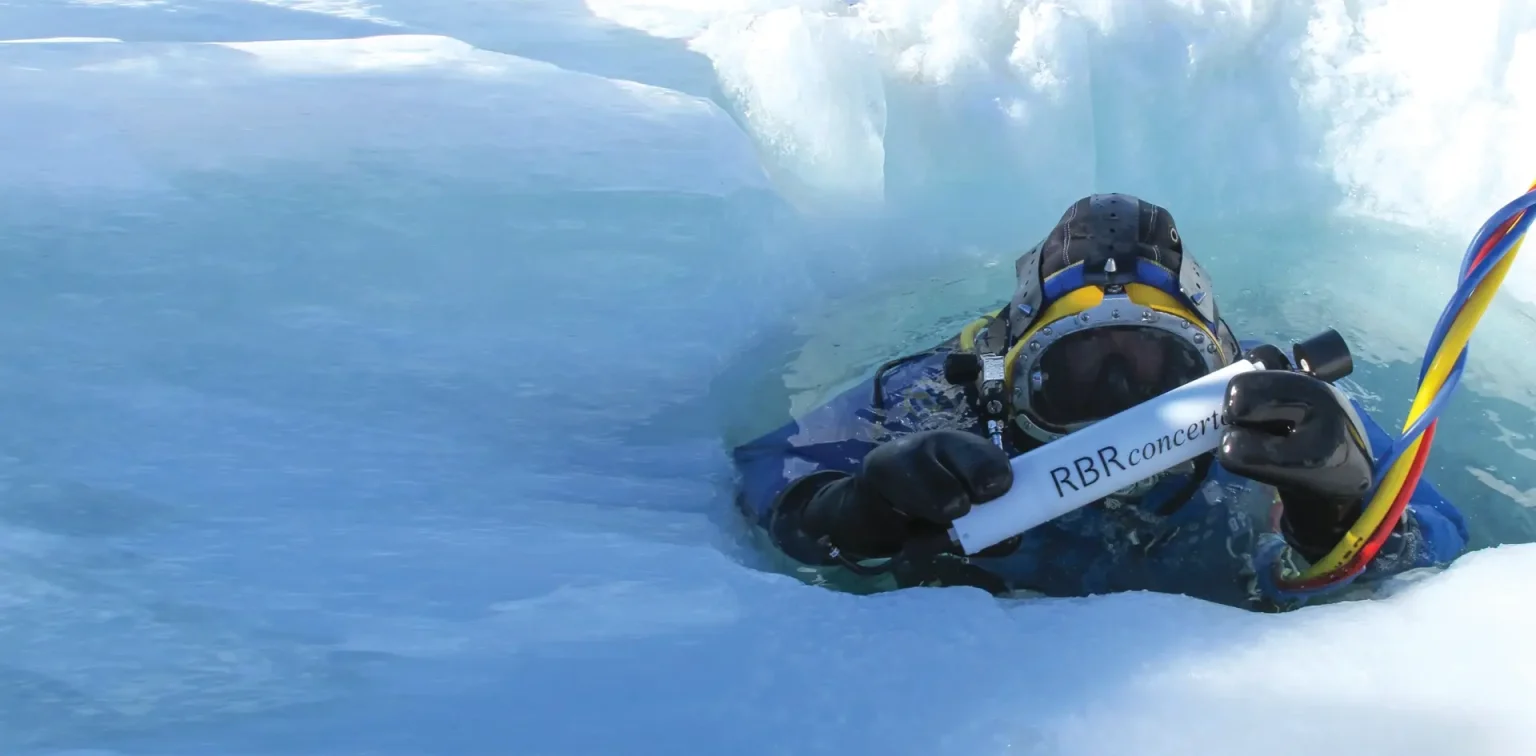
RBR2020 Cohort
The RBR2020 cohort is now closed. Thank you to all who participated. Stay tuned for updates.
RBR2020 Cohort Details
Open to early-career researchers (post-doctoral scientists/engineers and pre-tenured faculty), the RBR2020 cohort will bring together scientists from around the world to enable innovative ocean measurements through collaborative workshops, technical developments, demonstration programs, and SciComm mentorship. The early-career ocean scientists and engineers selected for the cohort will participate in a two-year program to develop their project ideas, enable measurements, and expand their research network with special support from RBR and established mentors.
During the two-year program, cohort members will have the opportunity to:
- Borrow RBR equipment for proof-of-concept deployments to motivate future projects and proposal.
- Spend a week at RBR’s headquarters working with scientists, engineers, and calibration technicians to develop and test new ideas with RBR sensors, loggers, and systems.
- Leverage preferred RBR2020 cohort pricing for all collaborators on large proposals.
- Earn a $1,000 travel stipend to present research at international conferences.
- Receive consultation from SciComm professionals and mentorship by established scientists to develop communications plan, expand research network, pitch ideas, find future collaborators/funders, and communicate results and value with media.

Cohort Members

Derek Roberts
San Francisco Estuary Institute
Characterizing suspended sediment patterns on the south San Francisco Bay shoal
Joey Voermans
University of Melbourne
Using fast response temperature probes to measure ocean sea spray
William Burt
University of Alaska Fairbanks
Collecting key meta-data at a remote coastal station and sensor development at an Ocean Observatory
Océane Boulais
MIT
Modular toolkit for ocean citizen explorer
Anna Michel
WHOI
Understanding greenhouse gas dynamics throughout the land-to-ocean continuum in the Arctic
Isabela Le Bras
Scripps
How do sub-kilometer-scale ocean features around Greenland enable stirring and melting
Seth Bushinsky
University of Hawai’i at Mānoa
Understanding oxygen optode in-air measurement anomalies and impact on calibration
Jackson Chu
Memorial University of Newfoundland
Pairing high-resolution habitat measurements with biodiversity response metrics
Francisco López Castejón
Cartagena Oceanographic Research Institute
Oceanographer for a Day: A new sight of the Mar Menor coastal lagoon
Alice Della Penna
UW Applied Physics Laboratory
Sampling ocean dynamics at a high-resolution from non-conventional research vessels
Travis Miles
Rutgers University
Empirical corrections to thermal lag on ocean gliders
Yana Bebieva
Florida State University
Evolution of ocean double-diffusive staircase structures in a turbulent environment
Patrick Fulton
Cornell University
Developing next generation sub-seafloor observatories to characterize processes associated with earthquakes, landslides, and other geo-hazards
Megan Williams
Universidad Técnica Federico Santa María, Valparaíso, Chile
Complementing robust estuarine measurements with low-cost sensors: toward expanding hydrodynamic and sediment measurements on the Chilean coast
Jeff Coogan
Dauphin Island Sea Lab
Observations of stratification and dissolved oxygen dynamics driving hypoxia in shallow estuaries
Tamara Schlosser
Scripps
Along isopycnal changes in nitrate due to irreversible mixing and nutrient uptake
